Solar Rhythms
Exploring the Health Effects of Electromagnetic Phenomena

The Sun, beyond providing light and warmth, exerts powerful electromagnetic forces that affect our planet's electromagnetic fields and, consequently, our health. Solar flares, sunspots, and the Schumann resonance are key phenomena in this cosmic interplay, impacting human health in ways that are only beginning to be understood. This article explores how these celestial events affect our circadian rhythms, cardiovascular systems, psychological health, and overall well-being, supported by scientific research.
Solar flares and sunspots are two of the most significant manifestations of solar activity. Solar flares are intense bursts of radiation caused by the sudden release of magnetic energy from the Sun’s atmosphere.
These flares emit a wide range of electromagnetic waves, including X-rays and ultraviolet radiation, which can disrupt the Earth’s ionosphere and magnetosphere. Sunspots, on the other hand, are cooler, darker regions on the Sun’s surface with intense magnetic activity.
They follow an approximately 11-year cycle known as the solar cycle, marked by periods of high and low activity. During peak activity, the Sun is dotted with numerous sunspots, each capable of influencing the space weather around our planet.
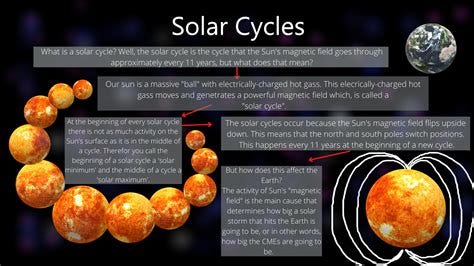
The Schumann resonance is a set of frequencies produced by the Earth's electromagnetic field, resonating between the Earth’s surface and the ionosphere.
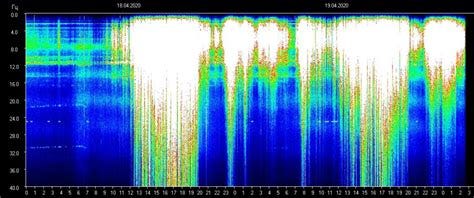
These natural low-frequency waves, with a fundamental frequency of 7.83 Hz, are generated primarily by lightning strikes around the globe. Discovered by physicist Winfried Otto Schumann in 1952, these resonances are often referred to as the Earth’s “heartbeat.”
Solar flares and sunspots significantly influence the Earth’s electromagnetic environment. During periods of high solar activity, increased radiation can disturb the ionosphere, affecting radio communications and navigation systems.

Geomagnetic storms, triggered by these solar events, can induce electrical currents in power grids, potentially causing widespread blackouts.
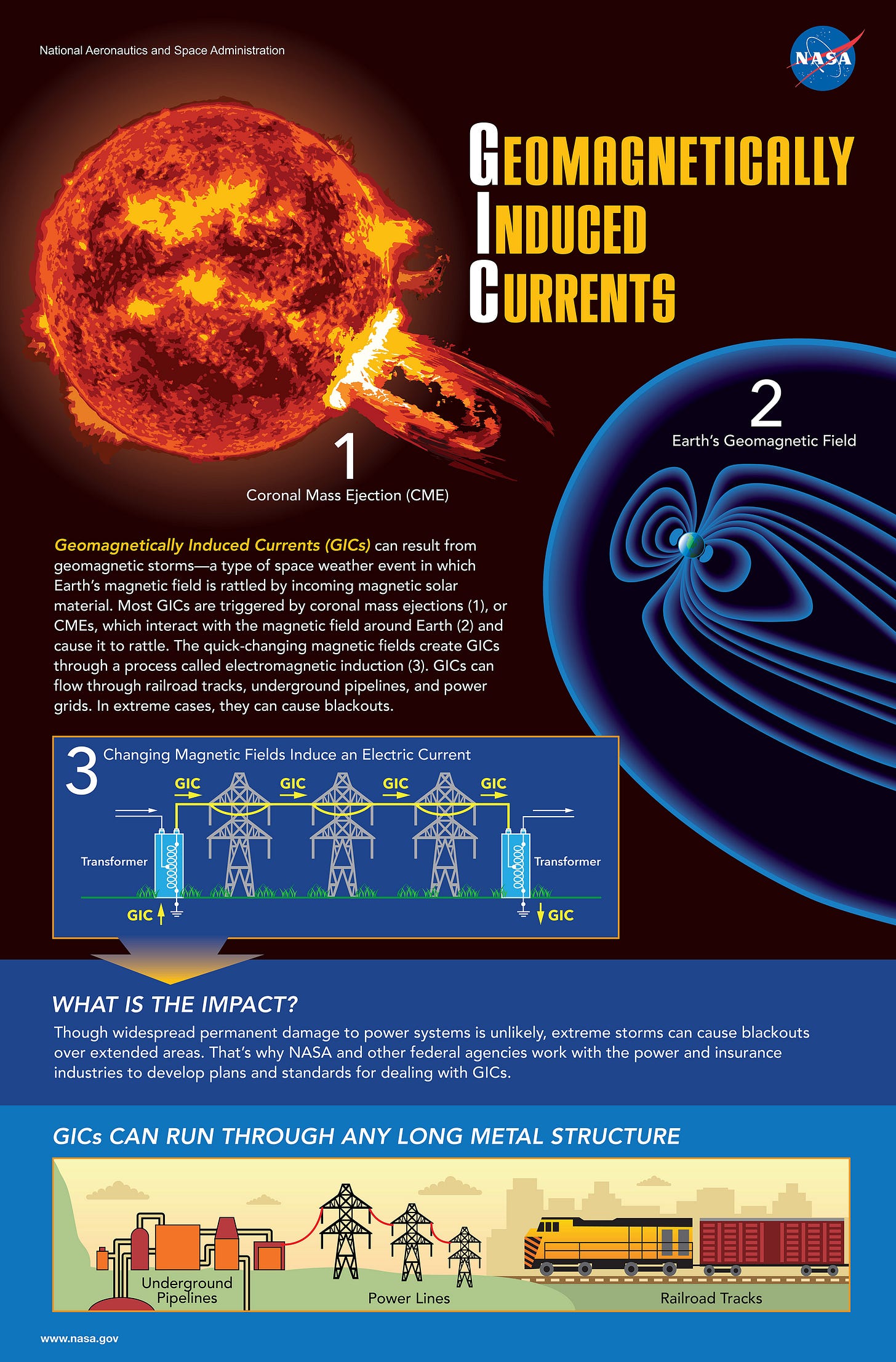
Fluctuations in the Schumann resonance, though more subtle, can also affect the global electromagnetic environment. These variations are influenced by solar activity, atmospheric conditions, and lightning activity.

Our circadian rhythms, the body’s internal clock that regulates sleep-wake cycles, are sensitive to environmental cues, including electromagnetic fields.
Research indicates that solar and geomagnetic activity can disrupt these rhythms. A study in the journal Biomedical Journal found that disturbances in the Earth's magnetic field could affect melatonin production, a hormone crucial for regulating sleep. Altered melatonin levels can lead to sleep disorders, fatigue, and mood disturbances.
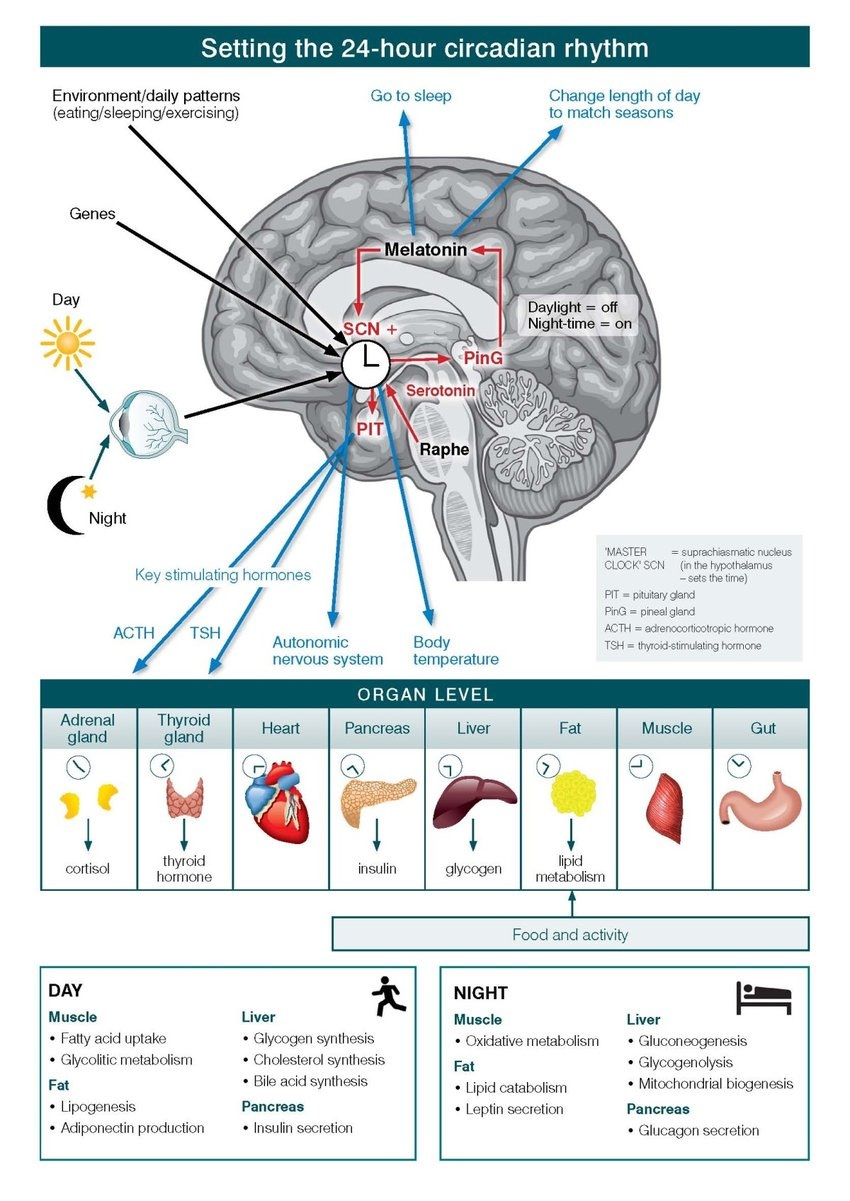
The cardiovascular system appears particularly vulnerable to solar and geomagnetic activity. Geomagnetic storms have been linked to increased incidences of cardiovascular diseases, such as heart attacks and strokes.
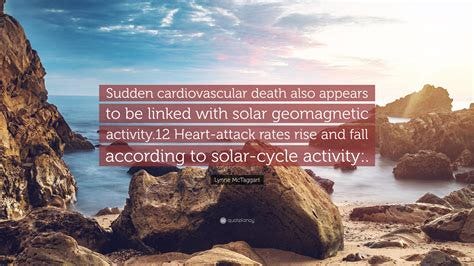
A study published in Environmental Health observed that periods of high geomagnetic activity correlate with higher rates of cardiovascular events. The proposed mechanism involves geomagnetic disturbances affecting heart rate variability (HRV), blood pressure, and the autonomic nervous system, which regulates involuntary body functions. Monitoring HRV, an indicator of the balance between the sympathetic and parasympathetic nervous systems, can provide insights into an individual's stress levels and overall cardiovascular health, especially during periods of heightened geomagnetic activity.
Solar activity also seems to impact mental health. High solar activity periods have been associated with increased hospital admissions for mental health issues like depression and anxiety.

It is suggested that fluctuations in the Earth’s magnetic field might influence brain chemistry and function, potentially disrupting mental equilibrium. These disturbances could interfere with neurotransmitter production and the regulation of mood, leading to increased psychological distress.
The Schumann resonance’s fundamental frequency of 7.83 Hz closely aligns with the alpha brainwave frequency range (7.5-12.5 Hz), associated with states of relaxation and meditative consciousness. Research by Professor Michael A. Persinger at Laurentian University suggests that variations in the Schumann resonance can synchronize with human brainwaves, potentially influencing cognitive function and mood.
This synchronization might explain why some individuals report feeling more at peace or mentally clear during periods of stable Schumann resonance.
Electromagnetic hypersensitivity (EHS) is a condition where individuals report adverse health effects from exposure to electromagnetic fields (EMFs). Symptoms often include headaches, fatigue, stress, sleep disturbances, and skin conditions. While EHS is not universally recognized as a medical diagnosis, some studies suggest that individuals with EHS may be more sensitive to changes in electromagnetic fields, including those resulting from solar activity and the Schumann resonance.
A review in Environmental Research highlighted the need for more research to understand the underlying mechanisms of EHS and its potential health impacts. Creating low-EMF environments and employing electromagnetic shielding materials may help alleviate symptoms for those affected.
Beyond the direct effects on circadian rhythms, cardiovascular health, and psychological well-being, other potential health impacts have been explored. For instance, research has suggested that solar and geomagnetic activity can influence immune function. A study found correlations between geomagnetic storms and variations in immune system markers, implying that the body's defense mechanisms might be affected by these cosmic events. Changes in the Earth's magnetic field can also affect oxidative stress levels in the body, potentially leading to increased cellular damage and accelerated aging.
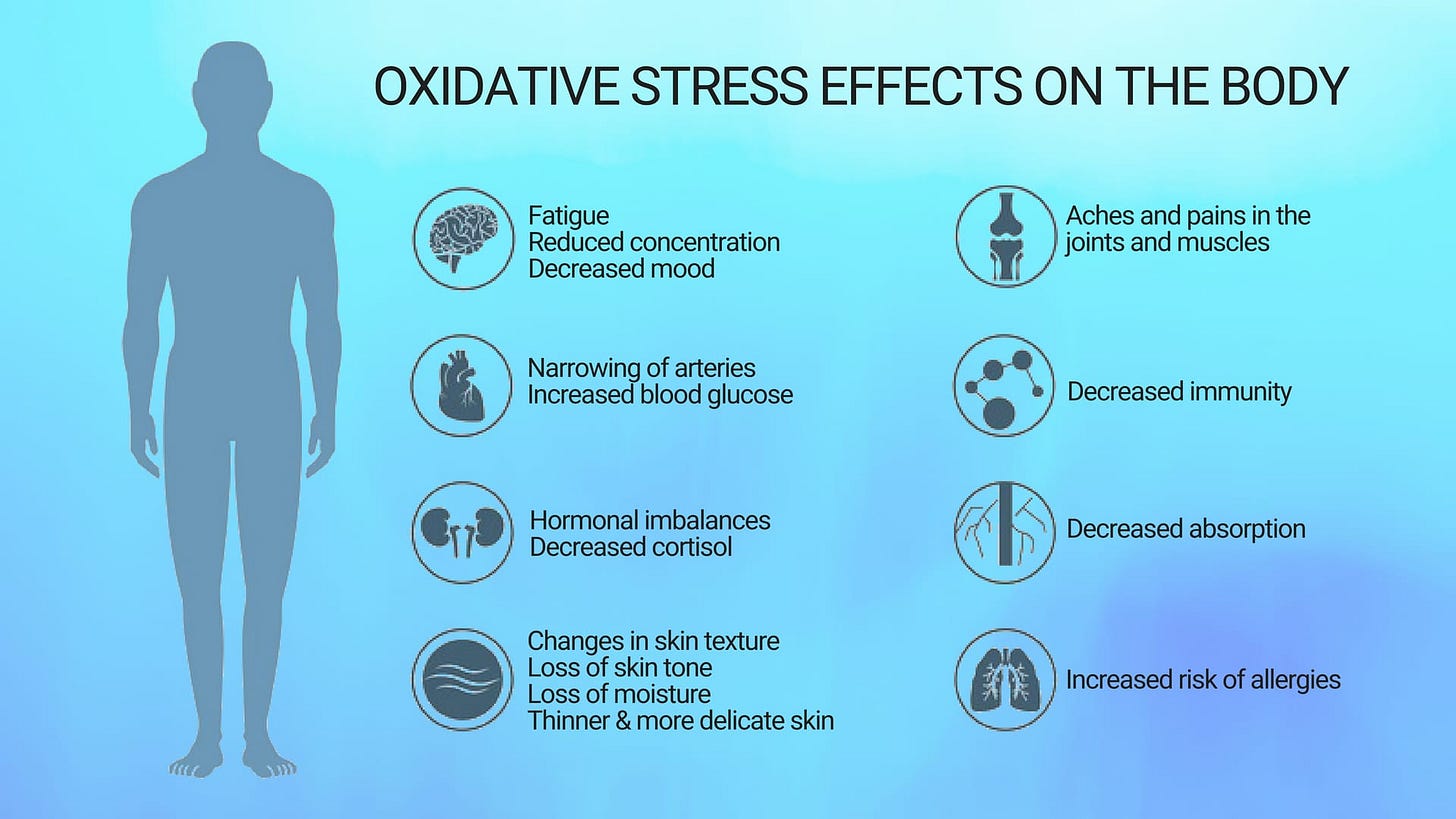
The impact of solar and geomagnetic activity on immune function is a growing area of interest. Changes in the Earth's magnetic field can influence immune responses, potentially exacerbating or triggering autoimmune disorders. Geomagnetic storms have been observed to correlate with fluctuations in immune system markers, suggesting a link between geomagnetic disturbances and immune dysregulation. This could make individuals more susceptible to infections and might also play a role in the onset or exacerbation of autoimmune conditions such as multiple sclerosis, rheumatoid arthritis, and lupus.
Understanding these connections could lead to better management and treatment strategies for individuals affected by autoimmune disorders. The potential for these electromagnetic influences to affect cellular repair mechanisms and oxidative stress levels could further complicate immune responses, making the body's defense systems less efficient and increasing the risk of autoimmune flare-ups.
Another area of interest is the potential impact on reproductive health. Some studies have hypothesized that solar activity could influence reproductive cycles and fertility rates. Although research in this area is still in its infancy, preliminary findings suggest a need for further investigation into how these environmental factors might affect reproductive health.
There are also intriguing, albeit less explored, links between solar activity and cancer rates. Some researchers have proposed that the increased radiation exposure during solar flares could potentially contribute to higher rates of certain cancers. This hypothesis stems from the fact that high-energy particles from solar flares can reach the Earth's surface, potentially leading to DNA damage. However, comprehensive studies are needed to confirm any direct correlation between solar activity and cancer incidence.
Cloud seeding, a weather modification technique that involves dispersing substances into the air to encourage cloud formation and precipitation, could theoretically enhance the effects of solar and geomagnetic activity. By altering atmospheric conditions, cloud seeding might influence the ionosphere's behavior and the propagation of electromagnetic waves, potentially exacerbating the impact of geomagnetic storms and variations in the Schumann resonance on human health.
Understanding the influence of solar and geomagnetic activity on human health is crucial for developing strategies to mitigate potential adverse effects. Staying informed about space weather forecasts can help individuals and healthcare providers prepare for periods of high solar activity. Resources like NASA’s Space Weather Prediction Center offer real-time updates and alerts.
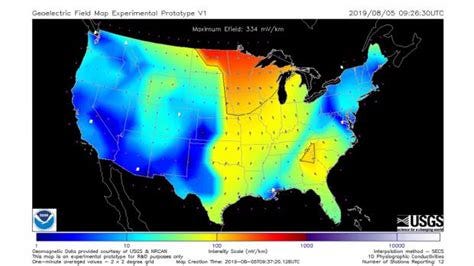
Regular HRV monitoring can help detect and manage stress levels, particularly during geomagnetic storms. HRV biofeedback techniques can be used to maintain a balanced autonomic nervous system. For those experiencing EHS, reducing electromagnetic exposure through shielding materials or creating low-EMF zones may provide relief. Practices such as meditation, yoga, and deep-breathing exercises can help synchronize brainwaves with the Schumann resonance, promoting relaxation and mental well-being.
The Sun’s dynamic dance and the Earth’s electromagnetic heartbeat create a cosmic symphony that profoundly influences our planet’s electromagnetic fields. Emerging research highlights the intricate connections between these celestial phenomena and human health, particularly affecting our circadian rhythms, cardiovascular system, mental well-being, immune function, and potentially even reproductive health and cancer rates. By understanding these cosmic rhythms and their impacts, we can better navigate their effects on our health, enhancing our resilience against the ever-changing cosmic ballet above us.



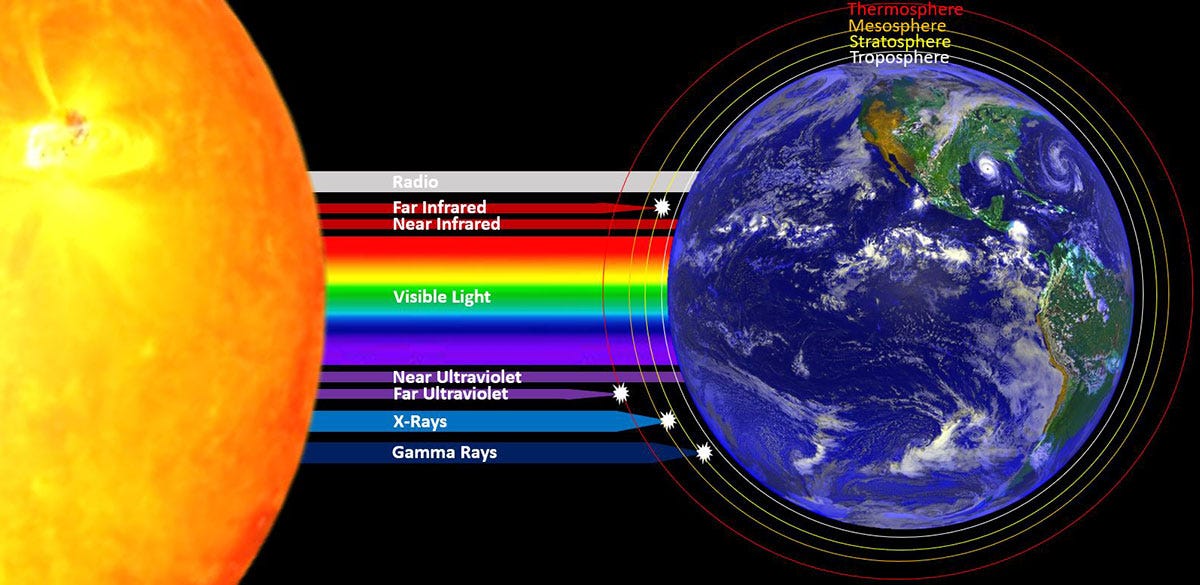
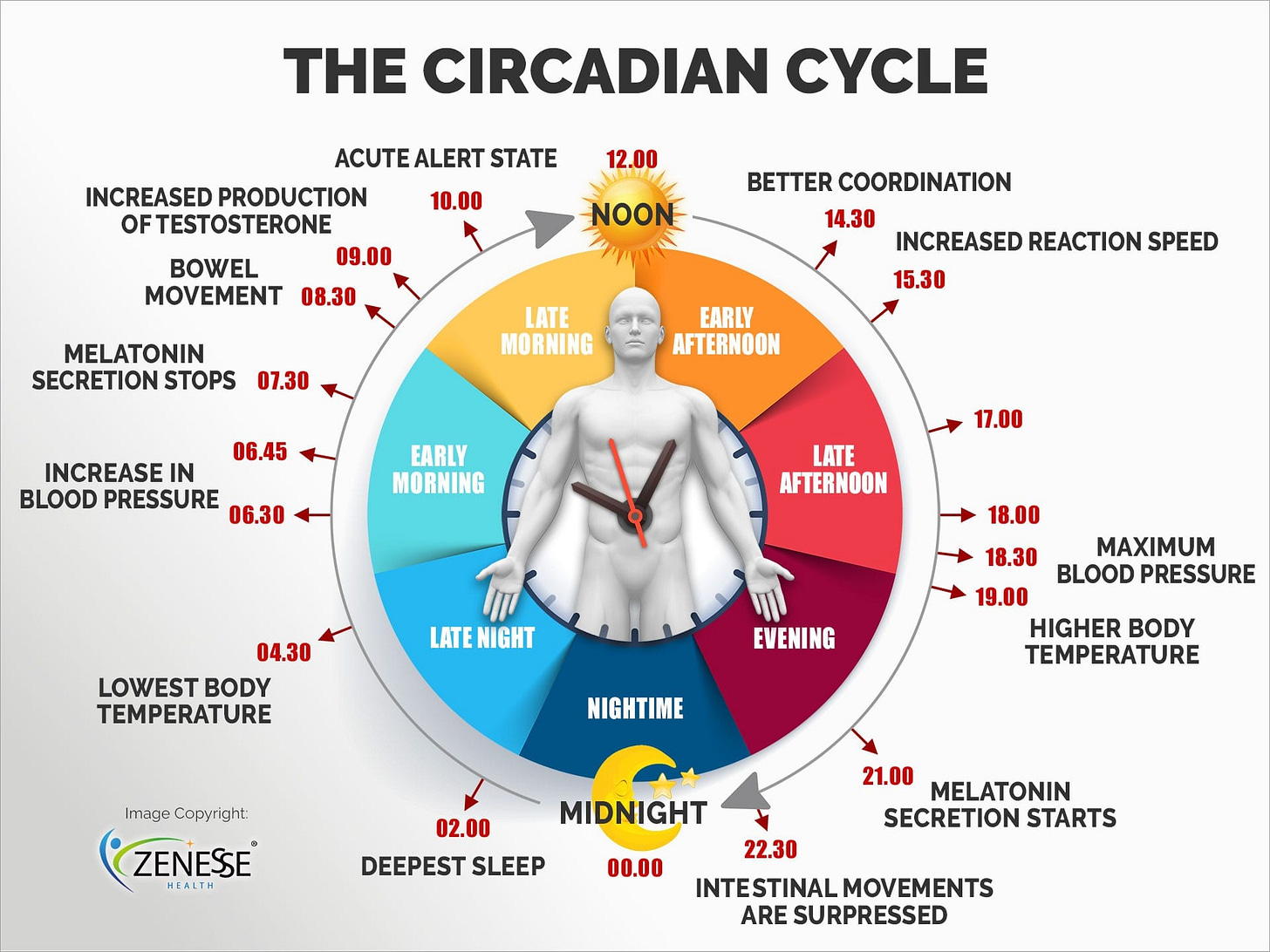




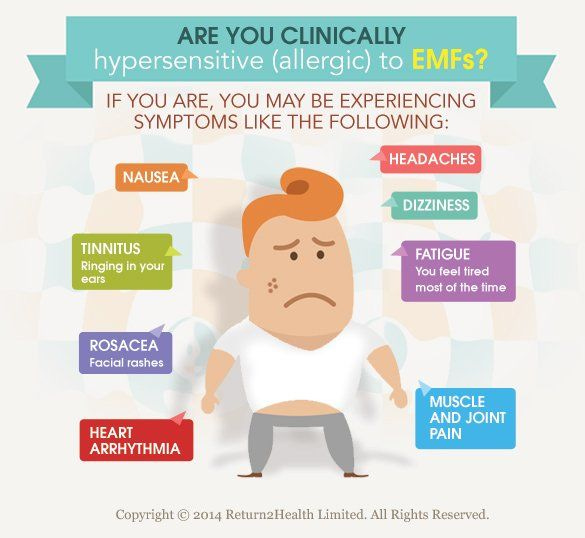




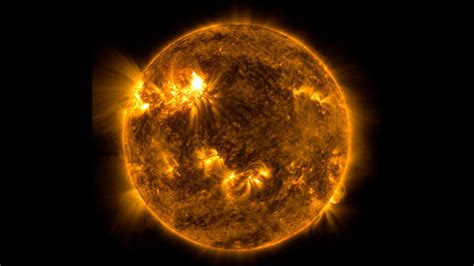



youtuber suspiciousobservers thinks there may be a magnetic pole reversal within the next 11 years that might disrupt somewhat.